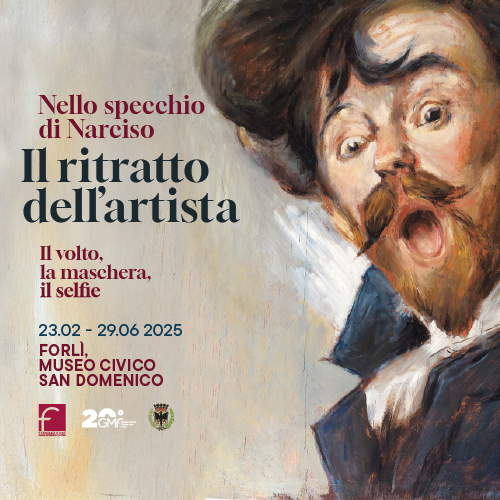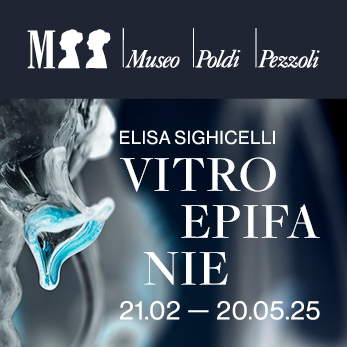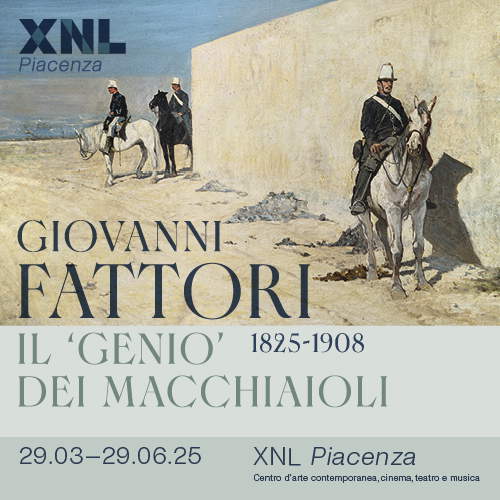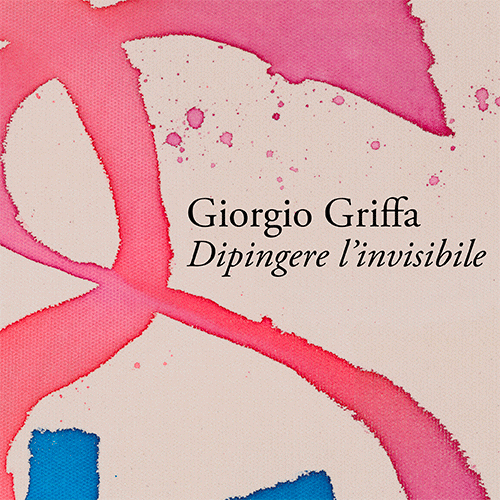Tullio Crali, futurist aeropainting on display in Rome and Vigna di Valle
The energy and dynamism ofFuturist Aeropainting come back to life in the rooms of Palazzo Aeronautica in Rome with Tullio Crali. The Evolution of Flight, the first exhibition entirely dedicated to Tullio Crali (Igalo, 1910 - Milan, 2000), a great master of Italian Futurism. The exhibition, curated by art historian Barbara Martorelli, will officially open to the public on Saturday, April 5, and will remain on view until May 11, before moving from May 31 to July 13 at the Air Force Historical Museum in Vigna di Valle, on Lake Bracciano.
The event is an opportunity to explore the work of Tullio Crali through more than 80 worksprovided by the artist’s family and important public and private collections, including the Veneto Region and the Chamber of Commerce of Venezia Giulia. The exhibition follows a chronological order, from the artist’s beginnings to his latest creations, also revealing previously unpublished archival materials such as diaries, photographs and original documents.
“Tullio Crali,” says Air Force Chief of Staff Air Chief Luca Goretti, “was a careful and precise chronicler of his time, animated, like all great artists, by a profound sensitivity. From the enthusiasm for the first flights of the 1920s to the most dramatic moments of World War II, his art was able to tell the story of the twentieth century with a unique gaze, offering a vision capable of mitigating, at least in part, the horrors of war, relieving the tension of pilots and bringing the general public closer to aeropainting. Art, architecture, history, emotions, passion, style, modernity, innovation, technology, flight. This is the kaleidoscopic synthesis of the exhibition, as well as of the Air Force Palace and, if you will, of the entire Blue Arma.”
Crali’s aeropainting: speed, light and bold perspectives
Tullio Crali was among the main protagonists of Aeropittura, a futurist movement that celebrated speed, modernity and the power of flight. Fascinated by the dynamism of machines and the energy of futurism promoted by Filippo Tommaso Marinetti, Crali approached the movement in the 1920s, beginning an artistic journey that would lead him to innovative and daring visual research. The turning point in his career came in 1929, when Marinetti officially welcomed him into the movement. From that moment on, his painting was characterized by daring compositions, dizzying perspectives and bold colors capable of evoking the thrill of flight and the power of technology. Among the most famous works on display in the exhibition is Incuneandosi nell’abitato (1939), an example of Crali’s ability to transform the landscape into a dynamic vortex of form and light. The exhibition traces all the stages of his production, from his early watercolors on paper to his experimentation with oils on panel and tempera, to the large paintings of the postwar period. If in the early works the influence of the avant-garde and the tension toward abstraction can be felt, in the 1930s his style evolved in the direction of greater solidity and definition of chiaroscuro, always keeping alive the freshness of his plastic research.
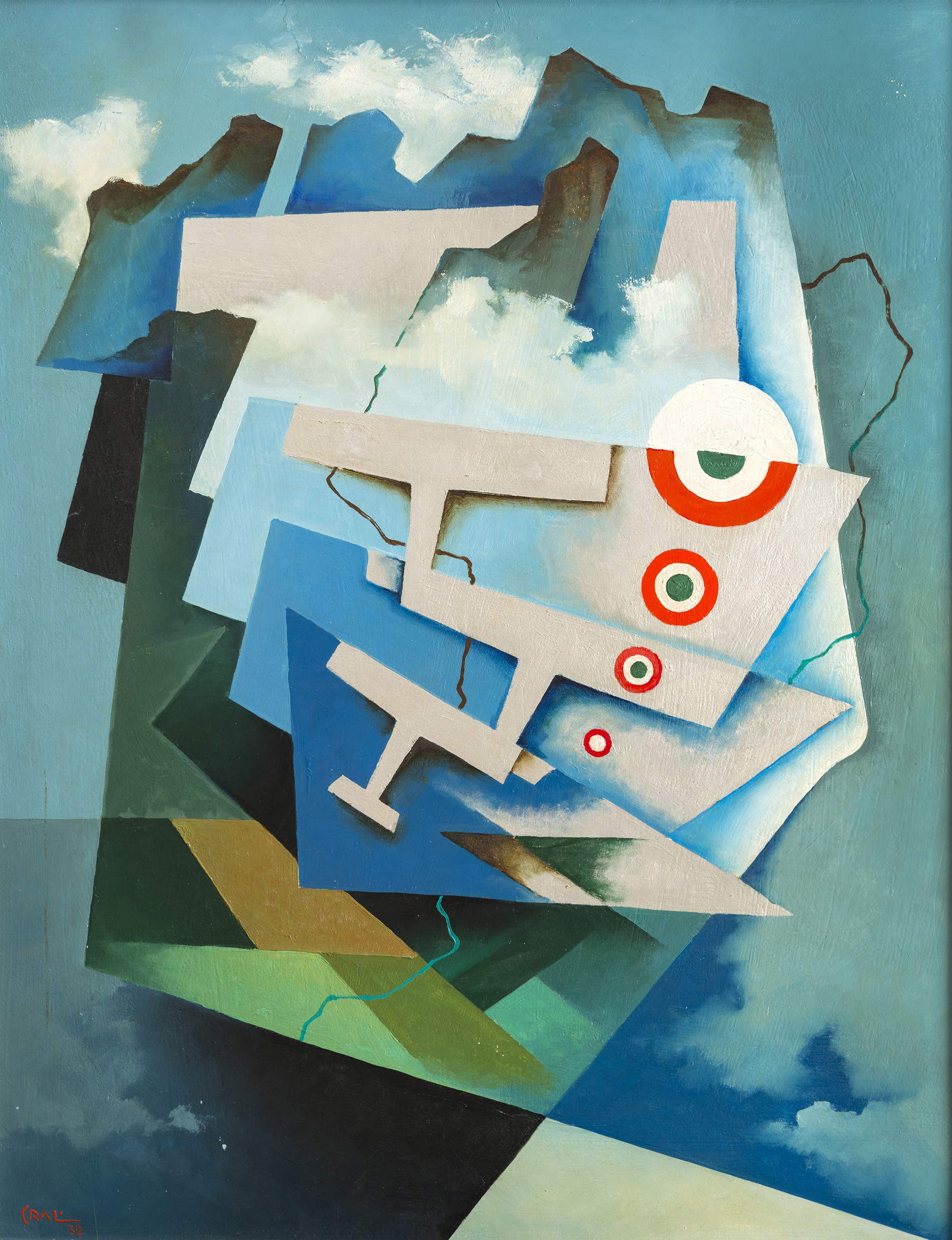
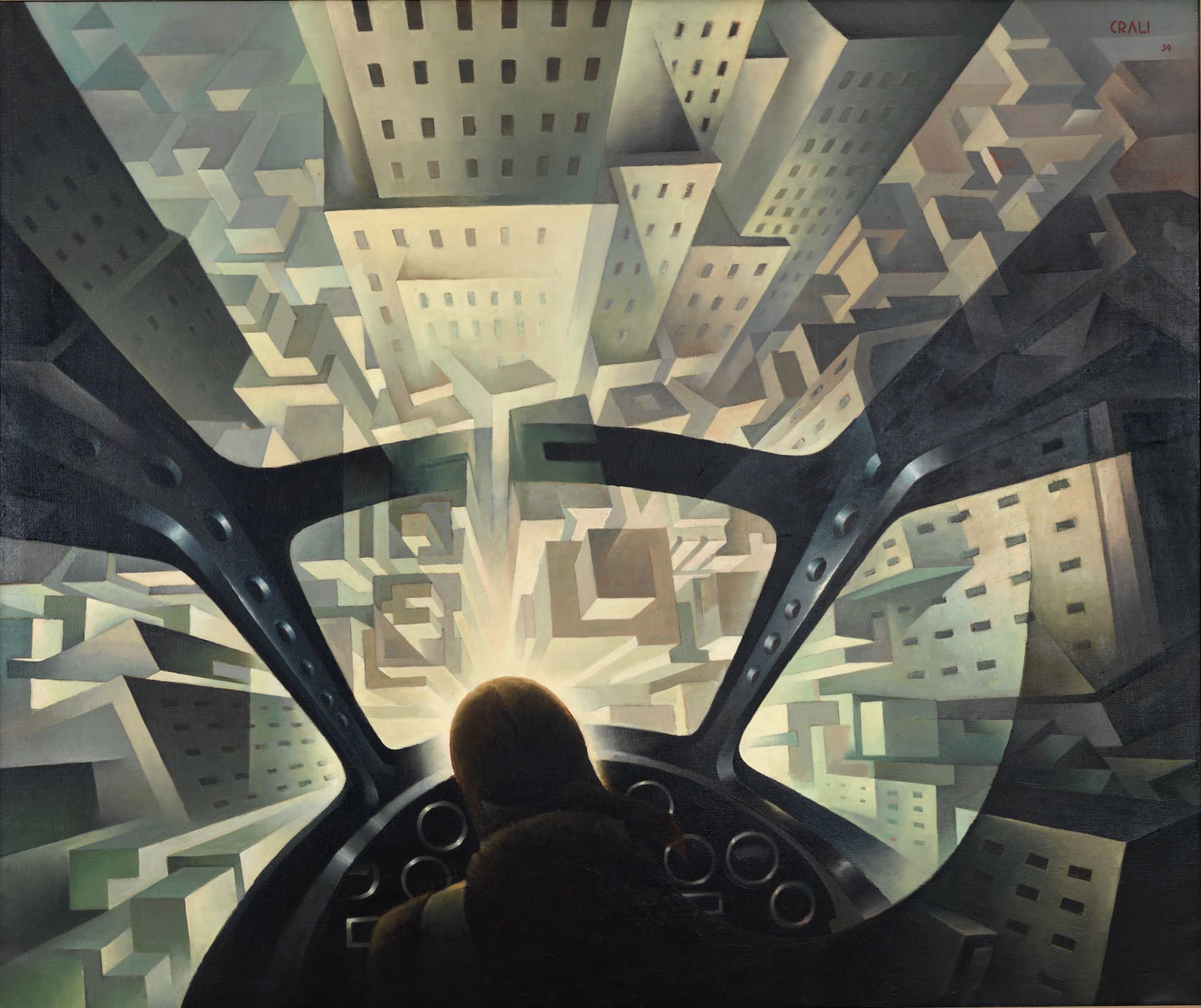
In the later phase of his career, Crali devoted himself to subjects related to the Frecce Tricolori, the aerobatic air corps of the Air Force. In particular, the triptych dedicated to them, granted on long-term loan by the artist’s family, symbolically closes the exhibition itinerary, underscoring the deep connection between his art and the iconography of flight. The exhibition will be open to visitors free of charge upon reservation on the Air Force website. At Palazzo Aeronautica it will be open every Saturday and Sunday, in addition to the April 18 and 25 holidays, from 9:30 a.m. to 6 p.m. (last entry at 4:30 p.m.). At Vigna di Valle, however, Crali’s works will remain on display from May 31 to July 13, allowing an even wider audience to discover the visionary art of the aeropainter. The initiative was made possible thanks to the support of Milano Brothers Group, the event’s main sponsor, and MB Elettronica.
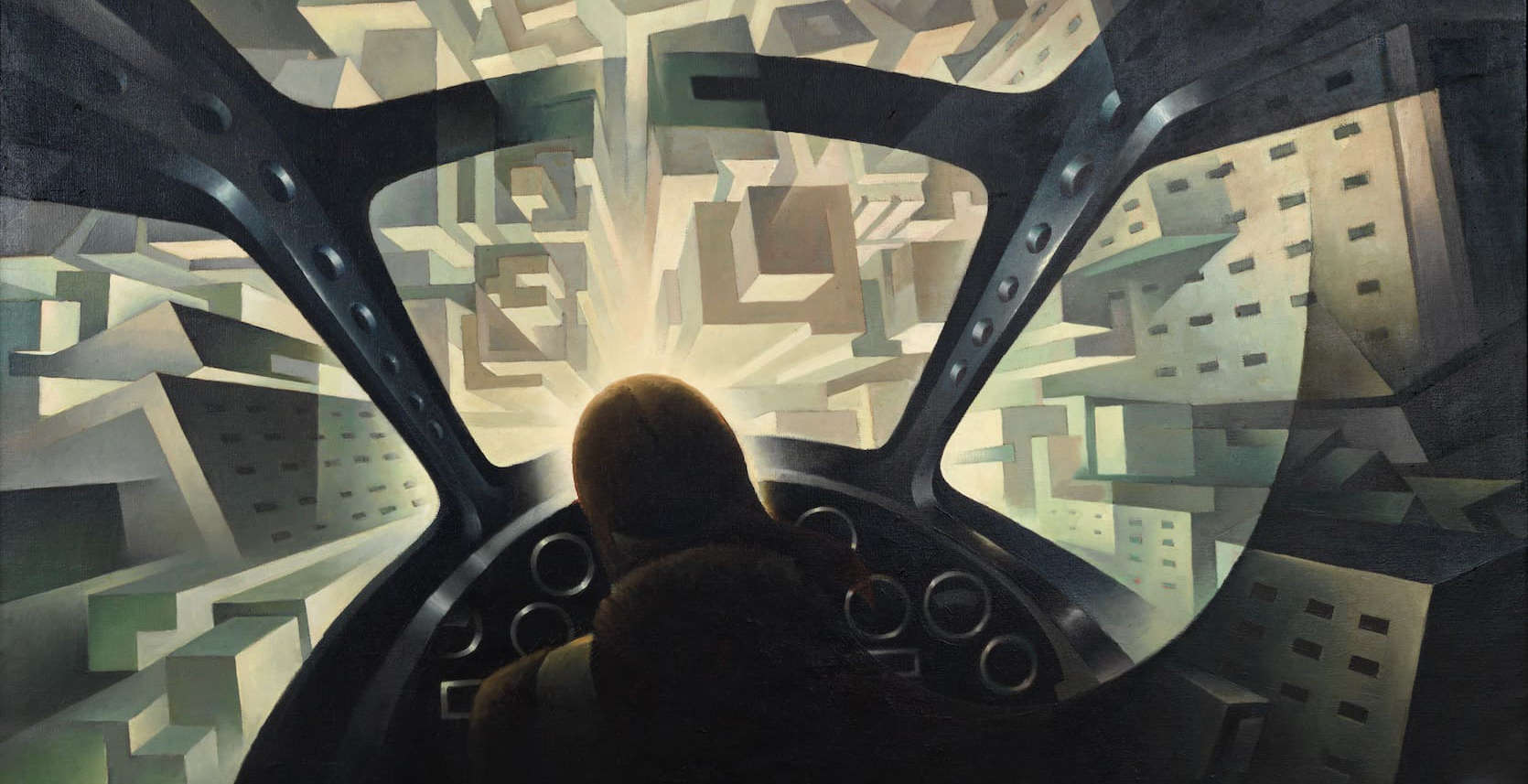 |
| Tullio Crali, futurist aeropainting on display in Rome and Vigna di Valle |
Warning: the translation into English of the original Italian article was created using automatic tools. We undertake to review all articles, but we do not guarantee the total absence of inaccuracies in the translation due to the program. You can find the original by clicking on the ITA button. If you find any mistake,please contact us.





